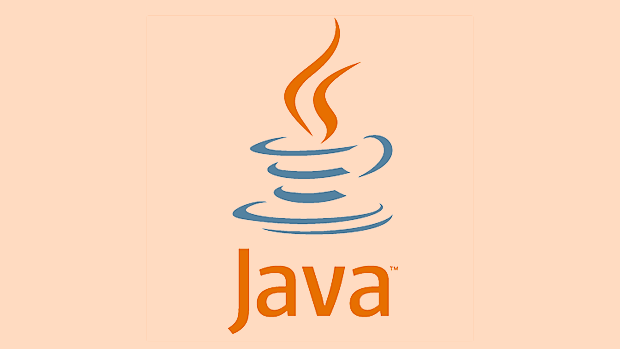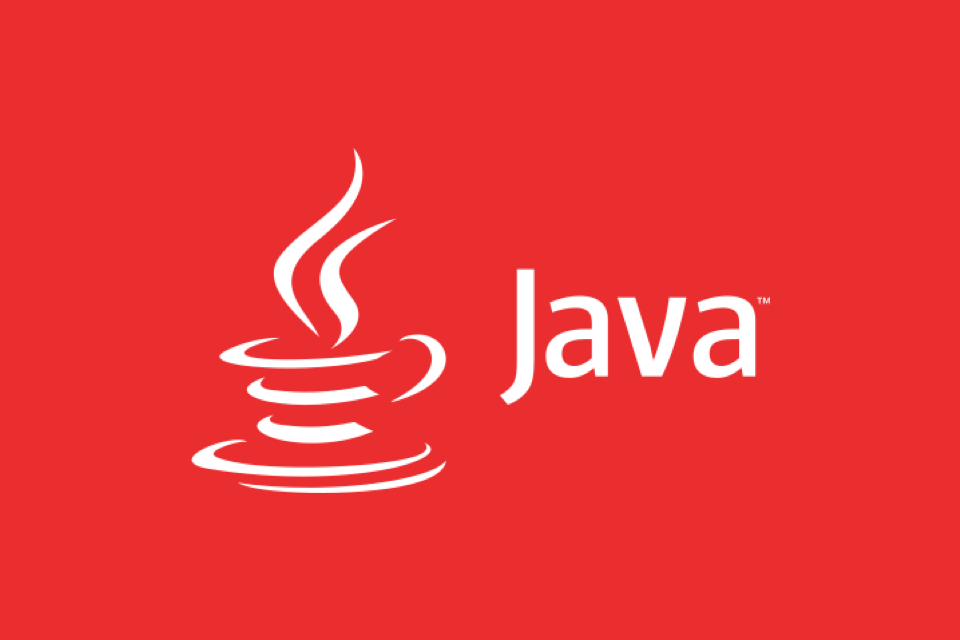Java Security Hardening for Production Environments
Jul 19, 2025 am 03:47 AMWhen deploying Java applications to production environments, security reinforcement needs to start from five key points: 1. Restrict runtime permissions, use non-privileged users to start services, avoid abuse of root permissions, configure SecurityManager (depending on the situation), restrict file system permissions during containerized deployment, disable Spring Boot debug mode and sensitive endpoints; 2. Update dependency libraries and disable unsafe protocols, regularly scan for third-party dependency vulnerabilities, disable SSLv3 and TLS 1.1 and below, force TLS 1.2, enable HTTPS and forward confidentiality algorithms; 3. Handle logs and error messages with caution, avoid recording sensitive data, return common error codes in a unified manner, and disable stack information exposure; 4. Optimize JVM Parameters and start-stop scripts, disable System.gc(), read sensitive information from environment variables or encrypted configurations, and avoid hard-coded passwords on the command line; 5. Continuously monitor and update configurations to ensure that security measures remain effective with the environment change.

When deploying Java applications to production environments, security reinforcement is an important part that cannot be ignored. Many problems are not because of the vulnerability of the code itself, but because of improper configuration, loose permission management, or risk of dependency on the library. Let’s start from several key points and talk about the safety measures that should be paid attention to in actual operation.

Restrict runtime permissions
Java applications run under relatively loose permissions by default, especially when starting services with root or administrator accounts. The principle of minimum permissions is very important here.
- Run Java processes with non-privileged users and avoid using root directly
- Configure SecurityManager (although it is deprecated in the new version, some scenarios are still valuable)
- For containerized deployments, use read-only file systems or limit mount paths
- If using frameworks such as Spring Boot, make sure that debug mode or sensitive endpoints are not enabled (such as
/actuator)
For example, if the /actuator/env interface of Spring Boot is exposed to the external network and is not authenticated, an attacker may obtain sensitive information through it or even trigger remote code execution.

Update dependencies and disable unsafe protocols
Java projects often rely on a large number of third-party libraries that may have known vulnerabilities. In addition, SSL/TLS configurations are often ignored.
- Regularly scan for dependencies, using tools such as OWASP Dependency-Check, Snyk, or Sonatype Nexus
- Upgrade to the latest stable version, especially commonly used libraries such as log4j, Jackson, Apache Commons
- Disable outdated protocols such as SSLv3, TLS 1.0, TLS 1.1, and force TLS 1.2 or higher
- Avoid HTTP plaintext transmission and force HTTPS
- Set up the right encryption suite and prioritize the Forward Secrecy algorithm
If your application is still using JDK 8, remember to patch it in time, especially security updates for Oracle and OpenJDK.

Be careful when handling logs and errors
Log leaks sensitive information is a common but easily overlooked issue. Error pages may also expose stack information, providing clues to attackers.
- Avoid recording sensitive data such as passwords, tokens, and keys in the log
- Use log desensitization mechanisms, such as replacing the credit card number
**** - Do not display detailed exception information on the error page, especially in web applications
- The external interface returns a common error code, rather than a specific error description.
For example: If a REST API error returns something like java.lang.NullPointerException at com.example.service.UserService.getUserById(UserService.java:45) , it is equivalent to telling the attacker what went wrong.
JVM parameters and start-stop script optimization
Many people directly write a shell script to start Java applications when deploying, and fill in any parameters. In fact, there are many things that can be strengthened here.
- Startup parameters plus
-Djava.security.manager(depending on the situation) and cooperate with policy file control permissions - Use
-XX: DisableExplicitGCto disable System.gc() to prevent performance jitter - Do not hardcode account passwords for startup scripts, they should be read from environment variables or encrypted configurations.
- Don't write the keystore password to death on the command line, as it is easy to be seen by the ps viewing process.
For example:
java -jar \ -Duser.timezone=GMT 8 \ -XX: UseG1GC \ -XX: DisableExplicitGC \ -Djavax.net.ssl.keyStore=/path/to/keystore.jks \ -Djavax.net.ssl.keyStorePassword=your_password_here \ app.jar
Although the above command can run, the keyStorePassword is directly exposed to the command line. Once others use ps aux , they can see it, which is very dangerous.
Basically that's it. Java security reinforcement is not a one-time task, but a process that requires continuous monitoring and updates. Some settings may seem simple, but if not done, they may become attack portals.
The above is the detailed content of Java Security Hardening for Production Environments. For more information, please follow other related articles on the PHP Chinese website!

Hot AI Tools

Undress AI Tool
Undress images for free

Undresser.AI Undress
AI-powered app for creating realistic nude photos

AI Clothes Remover
Online AI tool for removing clothes from photos.

Clothoff.io
AI clothes remover

Video Face Swap
Swap faces in any video effortlessly with our completely free AI face swap tool!

Hot Article

Hot Tools

Notepad++7.3.1
Easy-to-use and free code editor

SublimeText3 Chinese version
Chinese version, very easy to use

Zend Studio 13.0.1
Powerful PHP integrated development environment

Dreamweaver CS6
Visual web development tools

SublimeText3 Mac version
God-level code editing software (SublimeText3)

Hot Topics
 Preventing man-in-the-middle attacks in Java
Aug 11, 2023 am 11:25 AM
Preventing man-in-the-middle attacks in Java
Aug 11, 2023 am 11:25 AM
Preventing man-in-the-middle attacks in Java Man-in-the-middle Attack is a common network security threat. An attacker acts as a man-in-the-middle to steal or tamper with communication data, making the communicating parties unaware of the communication between them. Being hijacked. This attack method may cause user information to be leaked or even financial transactions to be tampered with, causing huge losses to users. In Java development, we should also add corresponding defensive measures to ensure the security of communication. This article will discuss how to prevent
 Prevent file upload vulnerabilities in Java
Aug 07, 2023 pm 05:25 PM
Prevent file upload vulnerabilities in Java
Aug 07, 2023 pm 05:25 PM
Preventing File Upload Vulnerabilities in Java File upload functionality is a must-have feature in many web applications, but unfortunately, it is also one of the common security vulnerabilities. Hackers can exploit the file upload feature to inject malicious code, execute remote code, or tamper with server files. Therefore, we need to take some measures to prevent file upload vulnerabilities in Java. Back-end verification: First, set the attribute that limits the file type in the file upload control on the front-end page, and verify the file type and
 Linux server security hardening: configure and optimize your system
Sep 08, 2023 pm 03:19 PM
Linux server security hardening: configure and optimize your system
Sep 08, 2023 pm 03:19 PM
Linux Server Security Hardening: Configure and Optimize Your System Introduction: In today's environment of increasing information security threats, protecting your Linux server from malicious attacks and unauthorized access has become critical. To harden your system security, you need to take a series of security measures to protect your server and the sensitive data stored on it. This article will cover some key configuration and optimization steps to improve the security of your Linux server. 1. Update and manage software packages. Installing the latest software packages and updates is essential for maintaining the system.
 How to carry out security protection and vulnerability scanning for Java development projects
Nov 02, 2023 pm 06:55 PM
How to carry out security protection and vulnerability scanning for Java development projects
Nov 02, 2023 pm 06:55 PM
How to carry out security protection and vulnerability scanning for Java development projects. With the rapid development of the Internet, Java development projects are becoming more and more widely used. However, due to the proliferation of network attacks and vulnerabilities, ensuring the security of Java development projects has become particularly important. This article will introduce how to perform security protection and vulnerability scanning of Java development projects to improve the security of the project. 1. Understand the common types of security vulnerabilities. Before performing security protection and vulnerability scanning on Java development projects, you first need to understand the common types of security vulnerabilities. Common Ja
 macOS Security Hardening: Protecting Your Mac From Threats
Apr 02, 2025 pm 02:11 PM
macOS Security Hardening: Protecting Your Mac From Threats
Apr 02, 2025 pm 02:11 PM
macOS security reinforcement can be achieved through the following steps: 1. Update the operating system and use the command "softwareupdate-ia"; 2. Enable FileVault and use the command "sudofdesetupenable"; 3. Configure the firewall; 4. Use third-party tools such as LittleSnitch and ClamAV to enhance security. Through these measures, Macs can be effectively protected from threats such as malware, phishing and unauthorized access.
 The practical application of Redis in security reinforcement and protection
May 10, 2023 pm 11:01 PM
The practical application of Redis in security reinforcement and protection
May 10, 2023 pm 11:01 PM
Redis is an open source in-memory database. Due to its high performance, scalability and ease of use, it is increasingly favored by developers in practical applications. However, when using Redis, due to its large number of configuration options and powerful command set, if security is not hardened, you may face various security threats and attack risks. This article will focus on the practical application of Redis in security reinforcement and protection. 1. Common Redis attack methods When applying Redis, in order to protect the Redis instance from attacks and illegal operations
 Preventing security misconfigurations in Java
Aug 09, 2023 pm 02:09 PM
Preventing security misconfigurations in Java
Aug 09, 2023 pm 02:09 PM
Preventing security configuration errors in Java Introduction: In the Java development process, security configuration is an essential link. Properly configuring system security can protect the system from malicious attacks and illegal access. However, due to complex configuration parameters and imperfect security settings, it is easy for security configuration errors to occur in the code, leading to potential security risks. This article will explore several common Java security configuration errors and provide corresponding solutions and code examples. 1. Wrong password storage Password is sensitive information in the system. If
 Preventing Session Fixation Attacks: Improving Java Security
Jun 30, 2023 am 08:21 AM
Preventing Session Fixation Attacks: Improving Java Security
Jun 30, 2023 am 08:21 AM
Java is a widely used programming language that is widely used in Internet applications and large enterprise systems. However, due to its breadth and complexity, Java systems are often targeted by hackers. Session fixation attacks are a common attack method in which hackers gain access to users by hijacking their session tokens. This article will introduce the principles and preventive measures of session fixation attacks to help Java developers enhance system security. A session fixation attack is an attack that uses session tokens to gain user privileges. In Ja






